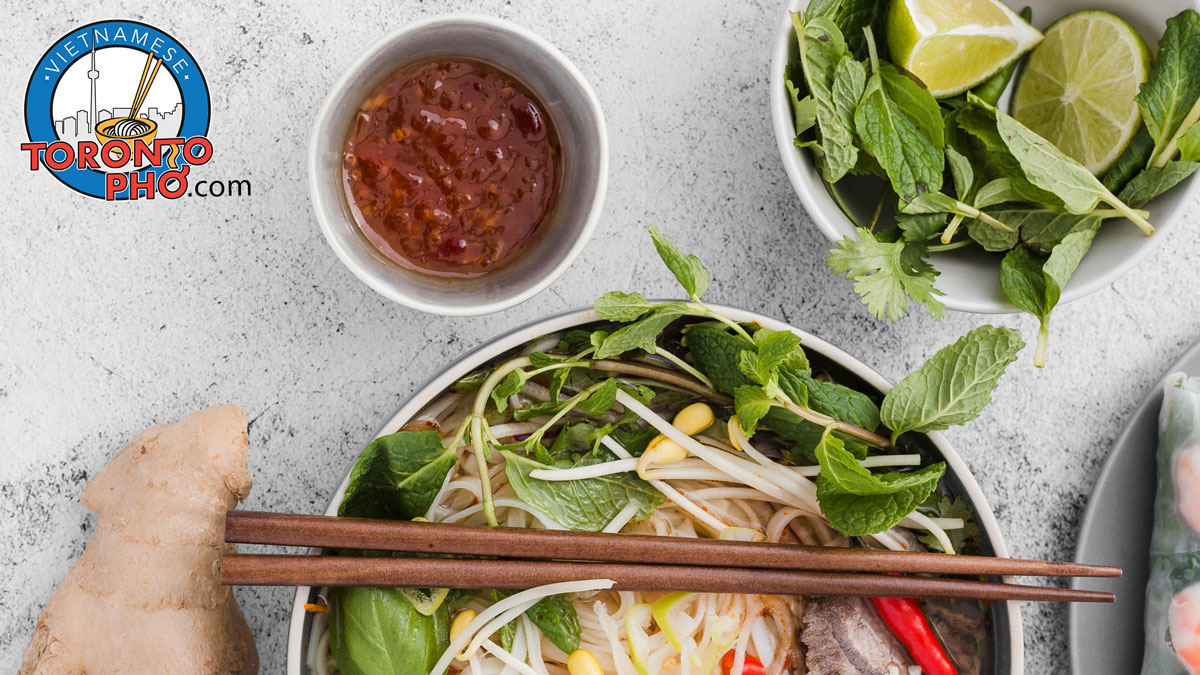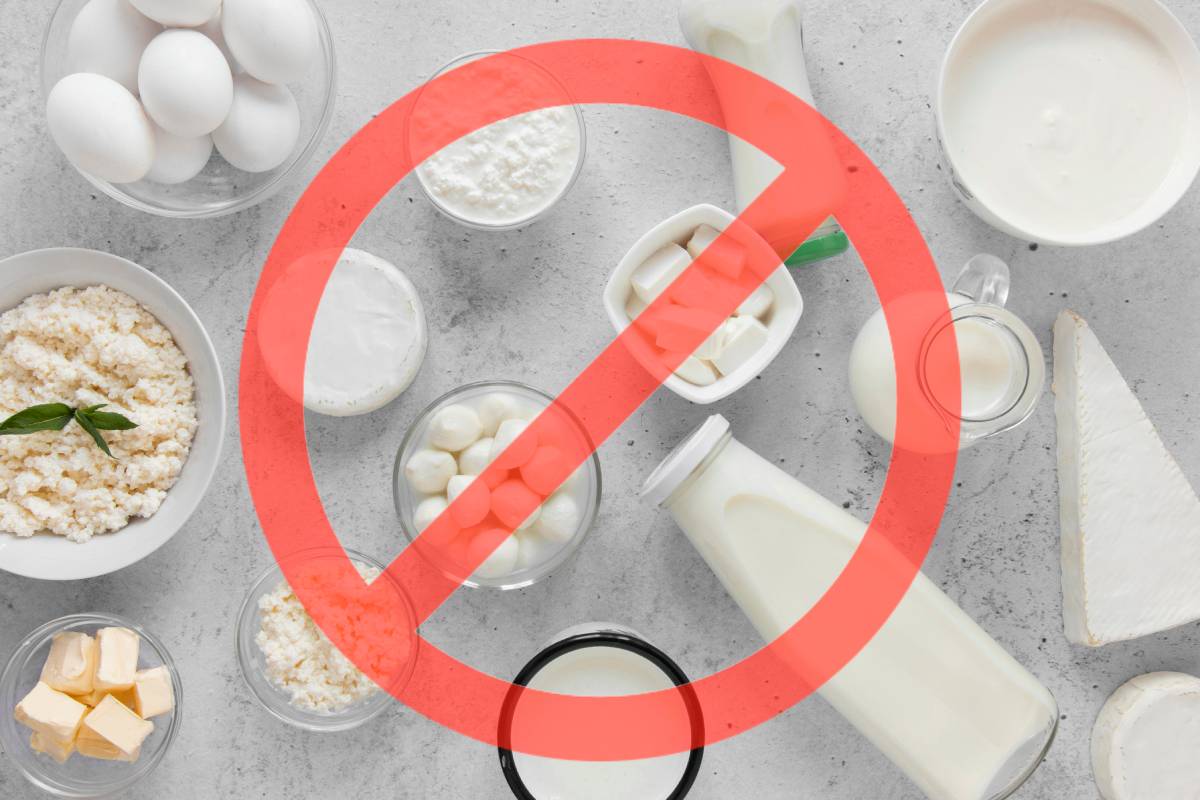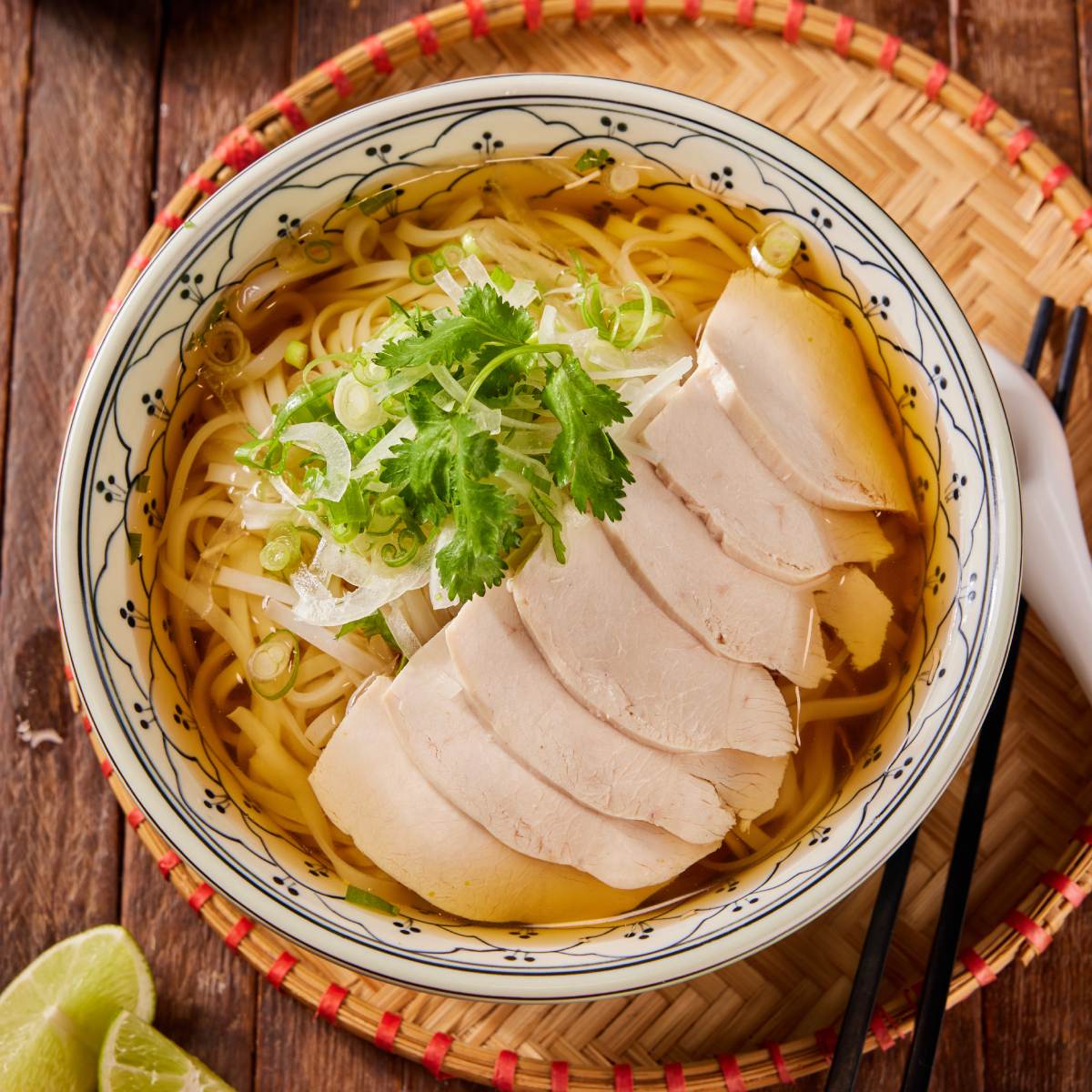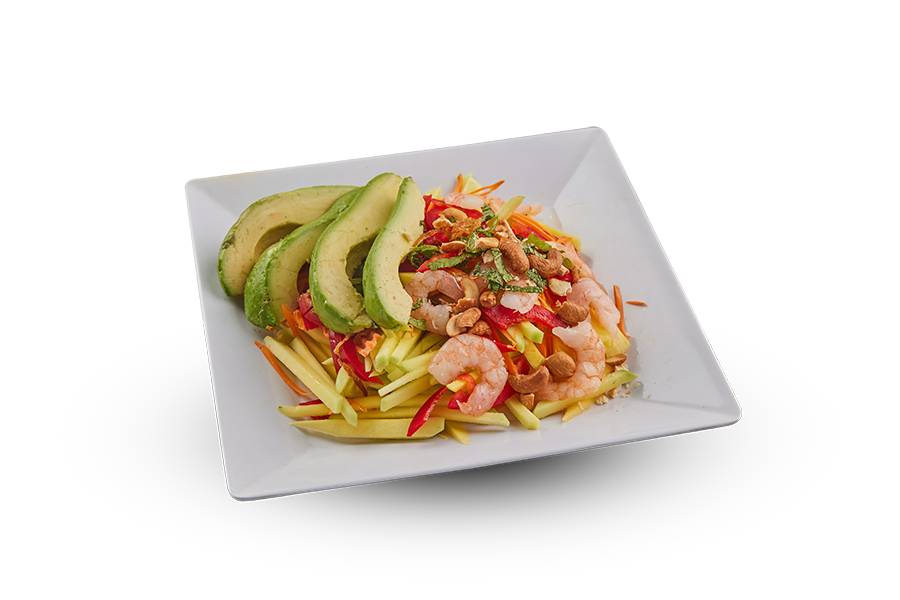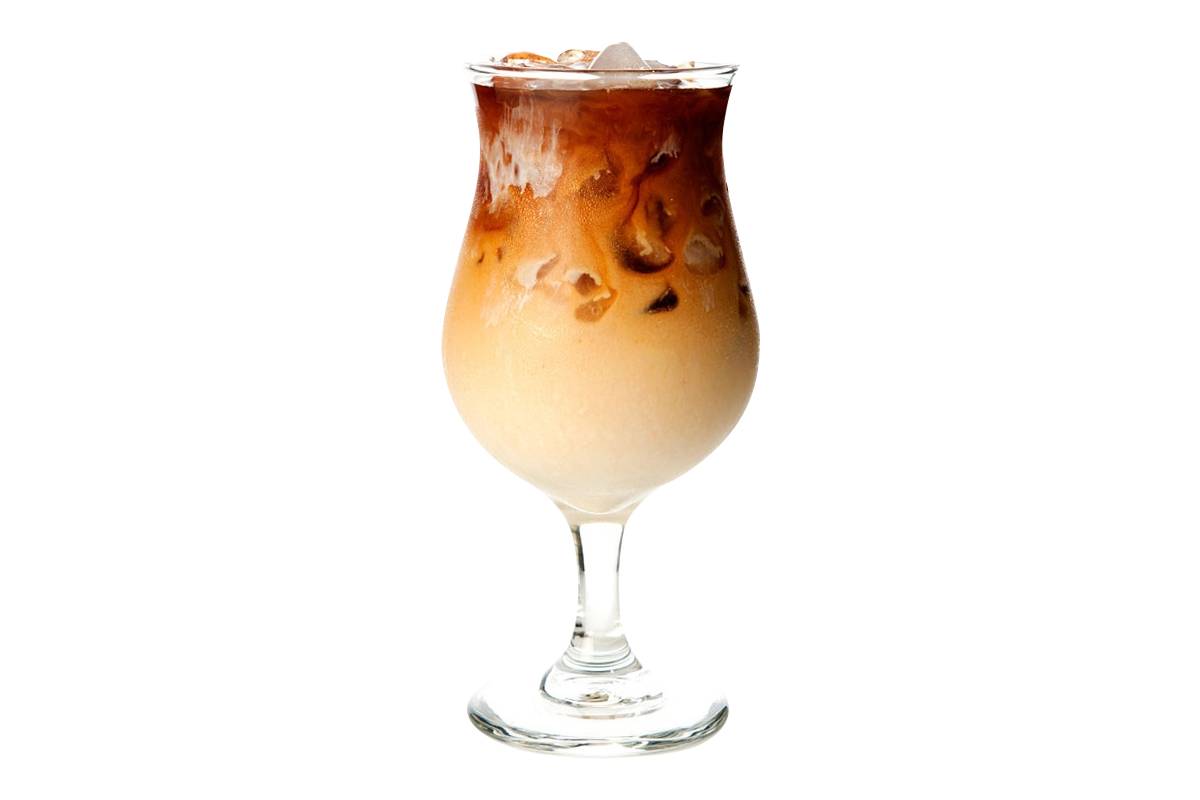Above the French influence, there is also a lot of Chinese influence in Vietnamese cuisine including in the use of stir-fries, noodles, and chopsticks. The Chinese influence in Vietnam was dominant for over 1,000 years which instructed our people in techniques like stir-frying and deep-frying. Those these preparation methods are used sparingly, they are still used and that’s a Chinese influence. It is somewhat difficult to imagine what exactly Vietnamese cuisine would be without influence from French and Chinese cultures.
Other national influences have worked their way into Vietnamese cooking. Looking back in history, when the Mongolians invaded, they brought with them beef. This introduced the Vietnamese culture to using beef as an alternative to fish – something which is still practiced today. In the southern part of the country, you have Laos, Cambodia, and Thailand which brought with them influences like egg noodles, coconut milk, spices, and chili.
Lastly, although you may not see it in Vietnamese restaurants in Toronto, the Vietnam War impacted our cuisine in minor but significant ways. Before the US military arrived, our people didn’t know what ice cream was. Ice cream arrived with the Americans during the Vietnam War period.
What impact does climate have on Vietnamese cuisine?
Climate has a huge role to play on Vietnamese food. Near the Mekong River and Red River, a majority of Vietnamese rice is grown. Almost three-quarters of the land in Vietnam is either mountain or hill, complicating but also aiding some farms in producing crops.
Vietnam has a long seacoast and more than a dozen inland waterways which is why fish is popular here. There are periods in history where the Vietnamese perhaps wouldn’t have survived without the blessings given to them by the waters around them.
In the north, the climate’s a little colder and so one ends up with a lot of warmer dishes. In the south, their growing season is longer and so farmers can cultivate more products. Comparatively, the differences between regions are worth noting. Like Canada, you have different climates and weather conditions that greatly impact food culture.
What is the culture of southern Vietnamese food?
In the south, there is warm weather and very fertile soil. This is where the majority of Vietnam’s fruits, vegetables, and livestock are cultivated. The most vibrant, flavorful, and interesting Vietnamese cuisine dishes come from the south. A lot of herb use is common here.
There is a preference for sweetness in the south, a large reason why coconut milk is used so often. Seafood’s taken from the shorelines as well, with bun mam being a signature dish.
What is the culture of northern Vietnamese food?
In the north, you have a colder climate which means a family is not so reliant on spices. Vietnamese cuisine here uses black pepper more than chili powder to create spicy flavors. Northern foods aren’t generally bold but a mix of sweet, salty, spicy, bitter, and/or sour. The foods come out very balanced and light, with the main protein source coming from what’s found in the ocean. This generally included fish, crustaceans, and mollusks.
Northern Vietnamese food utilizes a lot of fish, including in signature dishes like fish sauce. Bun cha, chicken pho, and rice noodles with grilled fish all originate from different parts of north Vietnam.
What is the culture of central Vietnamese food?
In central Vietnam, you have the tasty spices brought down from the mountains and very decorative, colorful food. The sophistication of the meals usually dictates many small portions, sometimes served in complex arrangements. There’s a strong influence from both indigenous and royal tastes throughout the food of this central region.
Central Vietnam is also where a lot of different cultures have congregated over the last two hundred years. Even today, some of the most inventive and trendy foods originate from the central region.
What is the most important Vietnamese food ever?
A lot of people believe pho is Vietnam’s most popular food. They aren’t wrong. The most important Vietnamese food is rice though, a building block of pho.
Plain rice is at the center of the Vietnamese diet. It is the main carbohydrate eaten in Vietnamese cuisine. Steamed rice is offered at many meals, usually with long-grain rice as opposed to the Chinese-preferred short-grain.
Another key reason why rice is important is because of how it’s used to make noodles. In Vietnam, there are 4 types of rice noodles.
? Banh pho is wide white rice noodles commonly used in a bowl of pho.
? Bun noodles, also known as rice vermicelli, resemble long white strings when cooked.
? Banh hoi is a thinner version of rice vermicelli.
? You also have cellophane noodles which are made from mung bean starch.
What influence does Canada have on Vietnamese food?
Canada, in history, has had no influence on Vietnamese cuisine. That said, in the post-Vietnam War era, as many have come to Canada from Vietnam, a lot has changed. If you look at Vietnamese restaurants in Toronto like TorontoPHO, you will see a lot of Canadian influence in items like vegetarian and vegan varieties of pho, different uses of protein in the meals, and simplified versions of traditional classics.
All of the influence into Vietnam from regions, climates, and other cultures has resulted in the world’s healthiest ethnic cuisine. There isn’t any better. Find authentic. Vietnamese food in Toronto from TorontoPHO.

